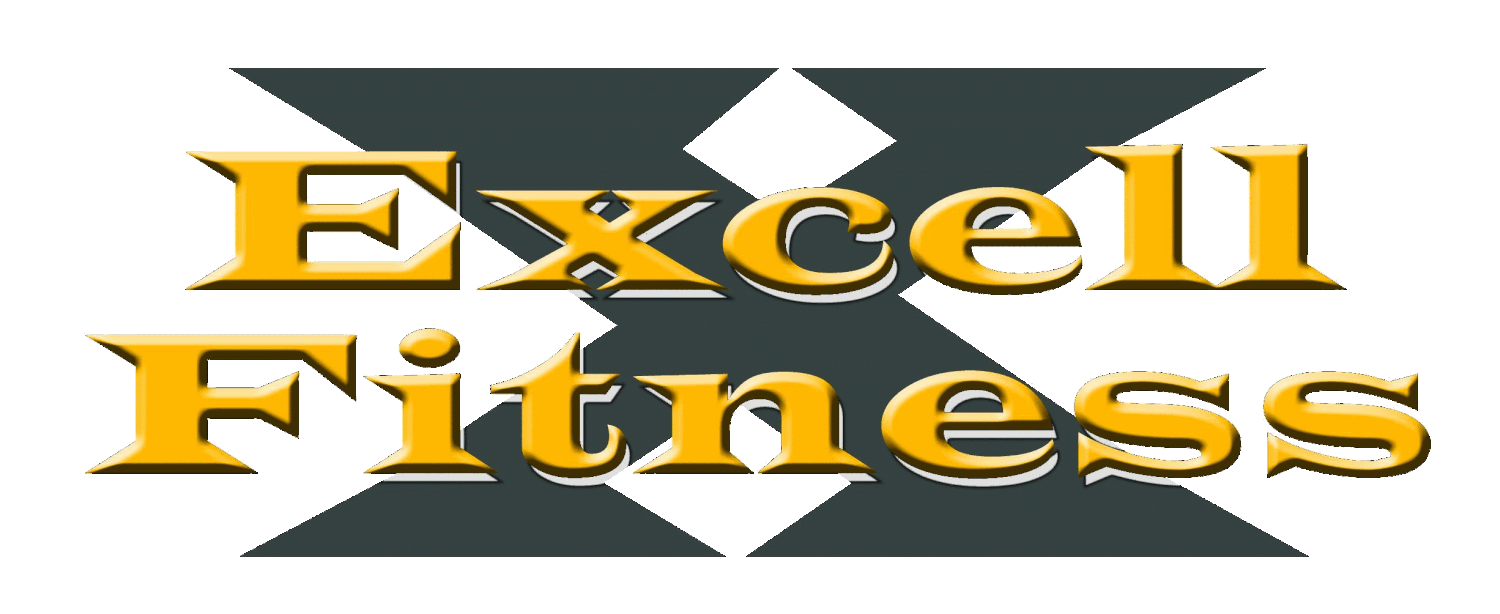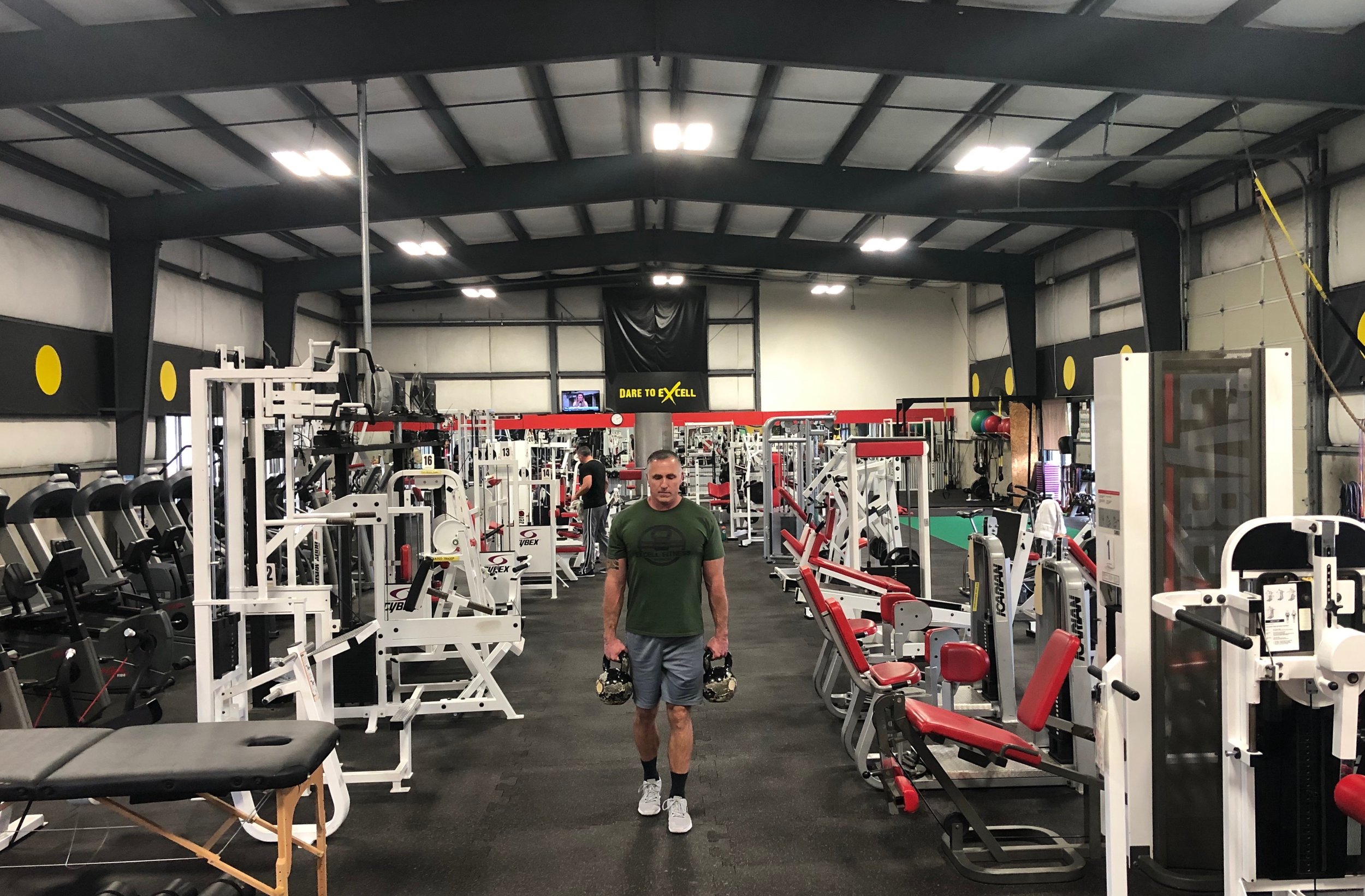Working out while injured... or not?
For most people, an injury means skipping the gym for months at a time. Sometimes,
they retire their workout clothes for good.
The reality is, that unless you are seriously injured you can workout around the injured
area. If you are suffering from a single joint injury, knee, shoulder elbow, etc., you are
only 25% injured which means you are 75% HEALTHY. So don’t immobilize your entire body when only one
part needs to rest.
When you can’t do what you’ve always done, and don’t know any other way of doing
things, you may find yourself lost and wandering around the gym. With some research and having some good a few good resources you can find ways to keep training. Not only will it do your body good but also help with your state of mind.
Throughout the recovery process changes could be made to you how eat and
how to use supplements to recover from injury faster.
Here are some key nutrition and Supplementation intervention points:
1. Fats
Increase your intake of Omega 3 fats and monounsaturated fats: olive oil, mixed nuts,
avocados, flax oil, ground flax and others seeds.
Supplement with 3-9 grams of fish oil per day.
2. Herbs, Spices, and Flavonoids
Certain herbs can be valuable in the management of inflammation by reducing
dependence on anti-inflammatory pharmaceuticals like NSAIDs (non-steroidal anti-
inflammatory drugs).
In place of NSAIDS, the following herbs are useful anti-inflammatory agents for the first
few weeks post-injury:
-Curry powder
- Garlic
-Pineapple
3. Calories
During injury repair, metabolic rate can increase anywhere from 15-50% depending on
the severity of the disturbance. While still lower than what’s required during sport
training, this is significantly higher than during rest.
This presents a potential problem, as injury sufferers often report decreased appetite
during the recovery period, and eating too few calories can prevent full and adequate
healing.
No matter what injury, setback, competing time demand, or other distraction might
come your way, with a little coaching and support, you can still be your best. In the
gym and out.
And no matter what, DO NOT EVER give up.






